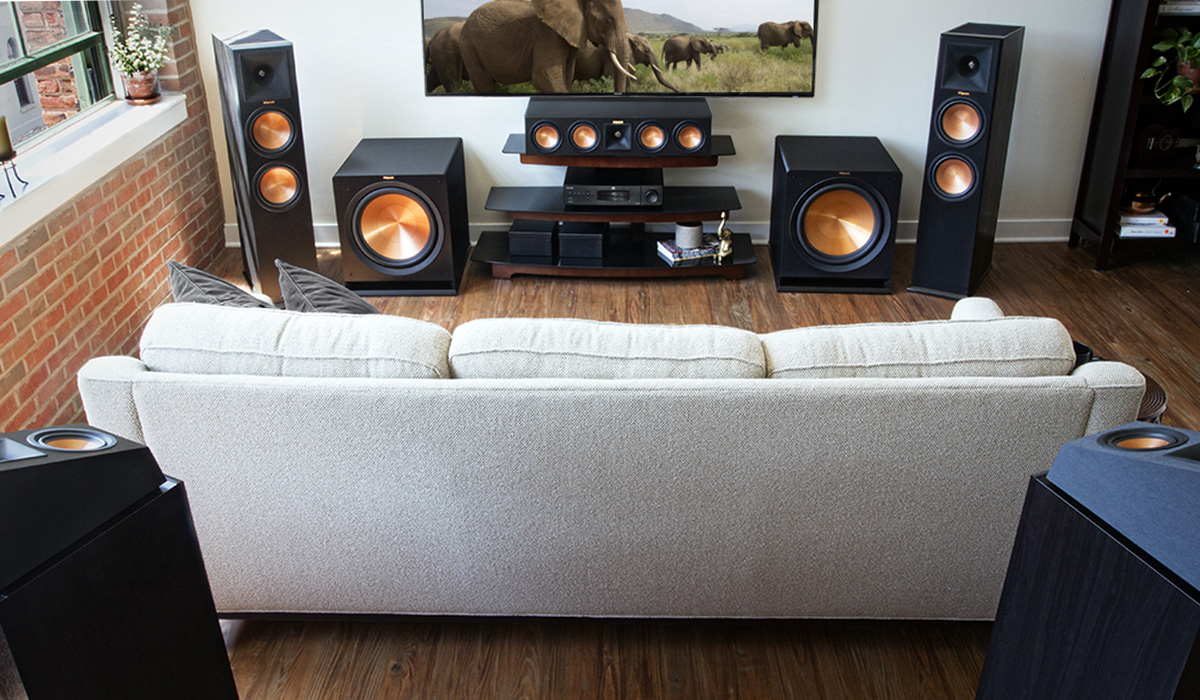
Having worked in power electronics (and in the light of my new "interest") I decided to build something I knew was used both in RF and induction heating, a class E amplifier/driver but I had no personal experience.Ĭlass E was defined by the N. I'm still reading (in the engineering way) both books, but after some reading I decided it was time to build something. Because of that I have to use the ISM bands available (and within reasonable power less than 2W, radiated probably less than 0.1W). Finding a book having "Experimental" on the title caught my attention and showed me it was probably not the reality.īy the way, I have no plans to become a HAM, I just want to try and learn RF. I must admit that RF always sounded difficult, complicated and away of normal engineering. I've been recently been "pointed the way" to change/learn new engineering skills and (with some reluctance at first) I decided to embrace RF (as in radio frequency) as the way to go.Īs any semi-nerd-academic I started by buying the books, I bought the ARRL Handbook, the then I read a blog referencing to EMRFD.
#AVR STUDIO 5.1 UNINSTALL HOW TO#
This last waveform starts showing some signs of out of tune (VDS is 5V at turn-on) but the Sokal documents give hints on how to tune. Unfortunately there are no spice model available for the IRLD024 (Vishay or IR), so I will use the second one (IRLR024N) for simulation and the first one for the final circuit. Since the system will be 5V only I had to find a logic level drive MOSFET, the ones I had available were IRLD024 or IRLR024N. Once the drive was changed to 12V the waveforms looked much better. My system is 5V only (Vcc and Vdrive) and it is clearly insufficient to fully drive the 2N7000. There was something wrong! After having a closer look at the datasheet of the 2N7000, the drive voltage was clearly a problem. Simulations, unfortunately are not handled (yet) by my HP42S. QL is the Qload of the circuit, K1 is the ratio of XL1 to XC1 (unadjusted) (mentioned in Sokal 2001), one could do some iterative calculations but a simple adjustment seems good enough. I filled the program memory with the following: OSCCAL after reset is cleared and the measured clock frequency is 1.1MHz, when taken to 0xFF the frequency is 2.083MHz. The second instruction also take double the time of execution. I fill the memory with each instruction and measure the current with or without BOD. A NOP consumes less current that an rjmp +0, not significantly but noticeable.
#AVR STUDIO 5.1 UNINSTALL PC#
The program memory of the ATtiny loops, the PC is only 9bits and when the last instruction of Program memory is reached execution continues for 0000. In my tests, the factory value for OSCCAL (of all the Atmel Tiny15L I tested) would get you within 1% of the nominal frequency 1.6MHz, but with frequency measurement and tuning I got to within 0.5%.ĭid a couple of other idiot measures and observations.


#AVR STUDIO 5.1 UNINSTALL TRIAL#
The final tuning was done with trial and error on the OSCCAL value until I got the correct frequency. I managed to output a duty cycle of 25% (OCR1A=1) or 50% (OCR1A=2), this is perfect for a class E drive as 50% is available.

I want to use my beacons in the ISM band of 6.78MHz so the second value (OCR1B=3) is the closest. The maximum PWM frequency attainable using the factory OSCCAL value, and using OCR1B=2 and OCR1A=1 is 8.525MHz with the only possible duty cycle is 33%. The idea is to build a HF (6.78MHz) low voltage and low power beacon. I wanted my class E amplifier to be driven by an Attiny15.


 0 kommentar(er)
0 kommentar(er)
